
Sodium cyanide is a highly toxic chemical. Poisoning by it can have extremely serious consequences for the human body, and timely and effective First aid measures are crucial. This article will introduce in detail the first aid measures for Sodium Cyanide poisoning.
1. Scene Evacuation and Self - protection
Immediate evacuation: Once Sodium cyanide poisoning is suspected, both the rescuer and the victim should immediately leave the scene where the poisoning occurred. For example, if it is a factory accident where sodium cyanide is involved, quickly move to an area with fresh air, such as outdoors or a well - ventilated room away from the source of contamination. Cyanide gas is less dense than air and will rise, so staying low to the ground can help reduce inhalation when evacuation is not immediately possible.
Self - protection: Rescuers must take strict self - protection measures. Wear appropriate protective equipment, such as chemical - resistant suits, gas - tight respirators, and gloves. This can prevent rescuers from being poisoned during the rescue process. For instance, in professional emergency response scenarios, firefighters or hazardous materials handlers will be fully equipped with such protective gear before entering the scene.
2. Remove Contaminated Clothing and Clean the Skin
Clothing removal: If the victim's clothing is contaminated with Sodium cyanide, it should be removed immediately. When removing clothes, be careful not to let the contaminated part touch the skin further. It is recommended to use scissors to cut off the clothing instead of taking it off over the head to avoid secondary contamination. Put the removed contaminated clothing into a sealed plastic bag for proper disposal.
Skin cleaning: After removing the clothing, immediately wash the contaminated skin area with a large amount of flowing water for at least 20 minutes. Soap can be used to assist in cleaning if available. In cases where the skin is exposed to sodium cyanide solutions, thorough washing can effectively reduce the absorption of toxins through the skin.
3. Eye Decontamination
Rinsing the eyes: If sodium cyanide gets into the eyes, immediately open the eyelids and rinse the eyes with a large amount of flowing water or normal saline for at least 15 minutes. Make sure to rinse from the inner corner of the eye to the outer corner to ensure that the entire eye surface is cleaned. During this process, the victim should be told not to rub their eyes to avoid further damage to the eye tissue.
4. Respiratory Support
Maintaining airway patency: Check the victim's breathing. If the victim is conscious but has difficulty breathing, help them assume a position that keeps the airway open, such as tilting the head back slightly and lifting the chin. If the victim is unconscious, place them on their side to prevent choking on vomit.
Oxygen supply: If possible, provide high - flow oxygen to the victim as soon as possible. In pre - hospital settings, portable oxygen cylinders can be used. Oxygen can help relieve the hypoxia symptoms caused by cyanide poisoning. If the victim has stopped breathing, cardiopulmonary resuscitation (CPR) should be started immediately, but mouth - to - mouth resuscitation should be avoided to prevent the rescuer from being poisoned. Instead, use a bag - mask device (ambu - bag) to supply oxygen during CPR.
5. Call for Emergency Medical Services
Prompt notification: Immediately call the local emergency medical services (such as 911 in some regions) and clearly state the situation of sodium cyanide poisoning. Provide details such as the location of the incident, the number of victims, and the approximate time of poisoning. This allows the emergency medical team to prepare relevant antidotes and equipment in advance and arrive at the scene as quickly as possible.
6. Hospital - based Treatment
Antidote administration: In the hospital, doctors will administer specific antidotes according to the patient's condition. The commonly used antidotes for sodium cyanide poisoning include sodium nitrite and sodium thiosulfate. Sodium nitrite can convert hemoglobin in the blood into methemoglobin, which can combine with cyanide ions to form cyanmethemoglobin, reducing the toxicity of cyanide. Then, sodium thiosulfate is used to further convert cyanide ions into non - toxic thiocyanate for excretion from the body.
Supportive treatment: In addition to antidote treatment, the patient also needs comprehensive supportive treatment. This includes maintaining normal vital signs such as respiration, heart rate, and blood pressure. Intravenous fluids may be given to correct dehydration and electrolyte imbalances. For patients with severe poisoning, other advanced treatment methods such as hemodialysis or hemoperfusion may be considered to help remove toxins from the body.
In conclusion, sodium cyanide poisoning is a life - threatening emergency. Knowing and implementing these first aid measures promptly can significantly increase the chance of survival and reduce the harm caused by poisoning. However, prevention of sodium cyanide poisoning is of utmost importance, and strict safety procedures should be followed when dealing with this toxic substance.
- Random Content
- Hot content
- Hot review content
- Toxicity Assessment of Sodium Cyanide and Relevant Hazard Prevention Measures
- Unlocking the Power of Mineral Processing Chemicals: Enhancing Efficiency and Sustainability
- Sodium Sulfide Industry Grade 60% 30ppm/150ppm Yellow/ Red Flakes Na2s
- Shock Tube Detonator
- Phosphoric Acid 85% (Food grade)
- Di(ethylene Glycol) Vinyl Ether
- 99% Animal Feed Additive DL Methionine
- 1Discounted Sodium Cyanide (CAS: 143-33-9) for Mining - High Quality & Competitive Pricing
- 2Sodium Cyanide 98% CAS 143-33-9 gold dressing agent Essential for Mining and Chemical Industries
- 3Sodium Cyanide 98%+ CAS 143-33-9
- 4Anhydrous Oxalic acid 99.6% Industrial Grade
- 5Oxalic acid for mining 99.6%
- 6Soda Ash Dense / Light 99.2% Sodium Carbonate Washing Soda
- 7Reagent Grade/Industrial Grade Hydrochloric Acid min.31%
- 1Sodium Cyanide 98% CAS 143-33-9 gold dressing agent Essential for Mining and Chemical Industries
- 2High Quality 99% Purity of Cyanuric chloride ISO 9001:2005 REACH Verified Producer
- 3 High-Quality Sodium Cyanide for Leaching
- 4Powdery emulsion explosive
- 5Industry Grade Electron grade 98% Sulfuric Acid H2SO4 Sulphuric Acid Battery Acid Industrial Sulfuric Acid
- 6Colloidal emulsion explosive
- 7sodium hydrosulfide 70% flakes used Mining Industry

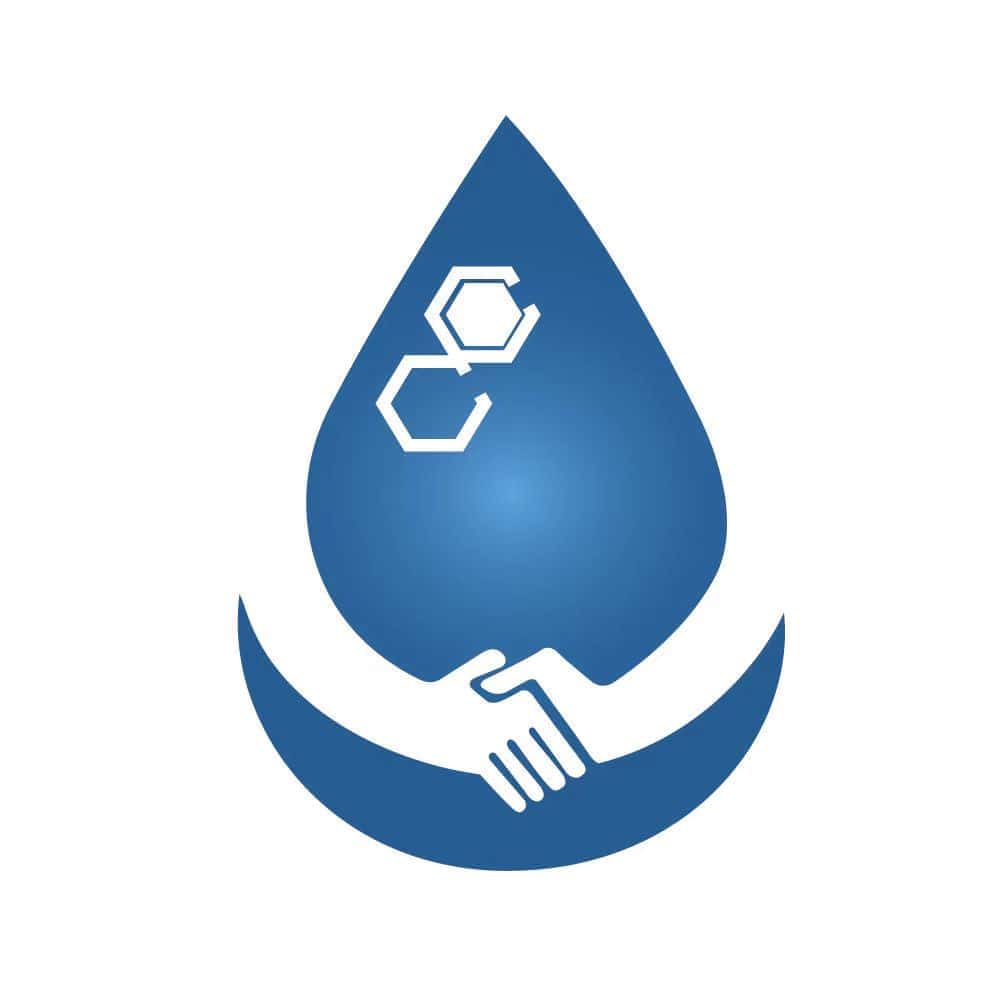
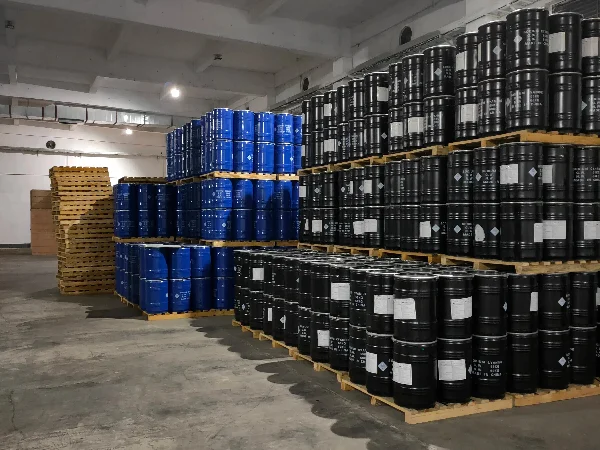
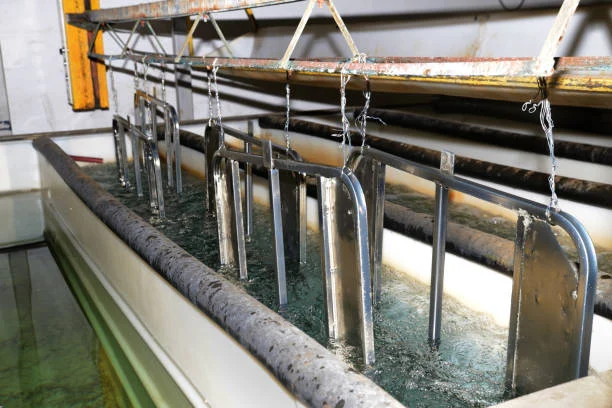
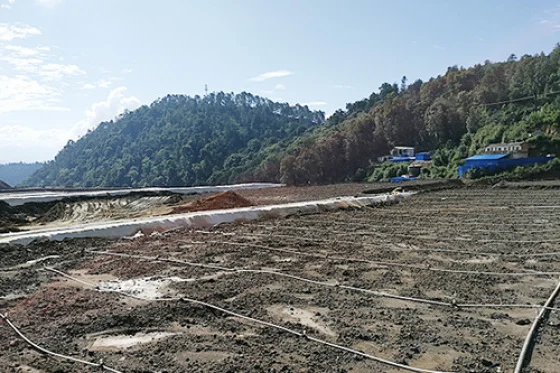

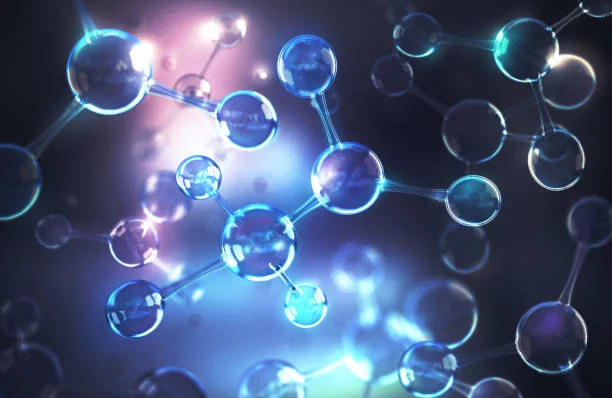
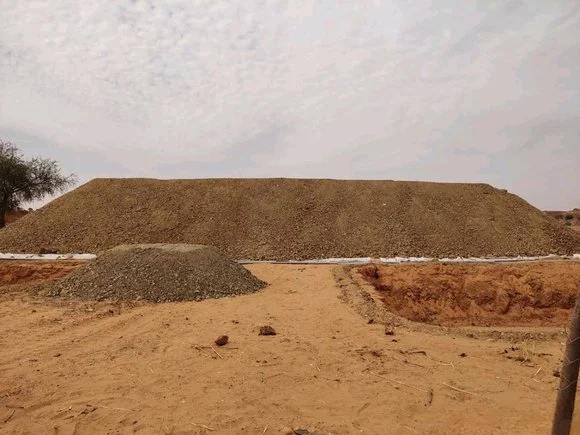
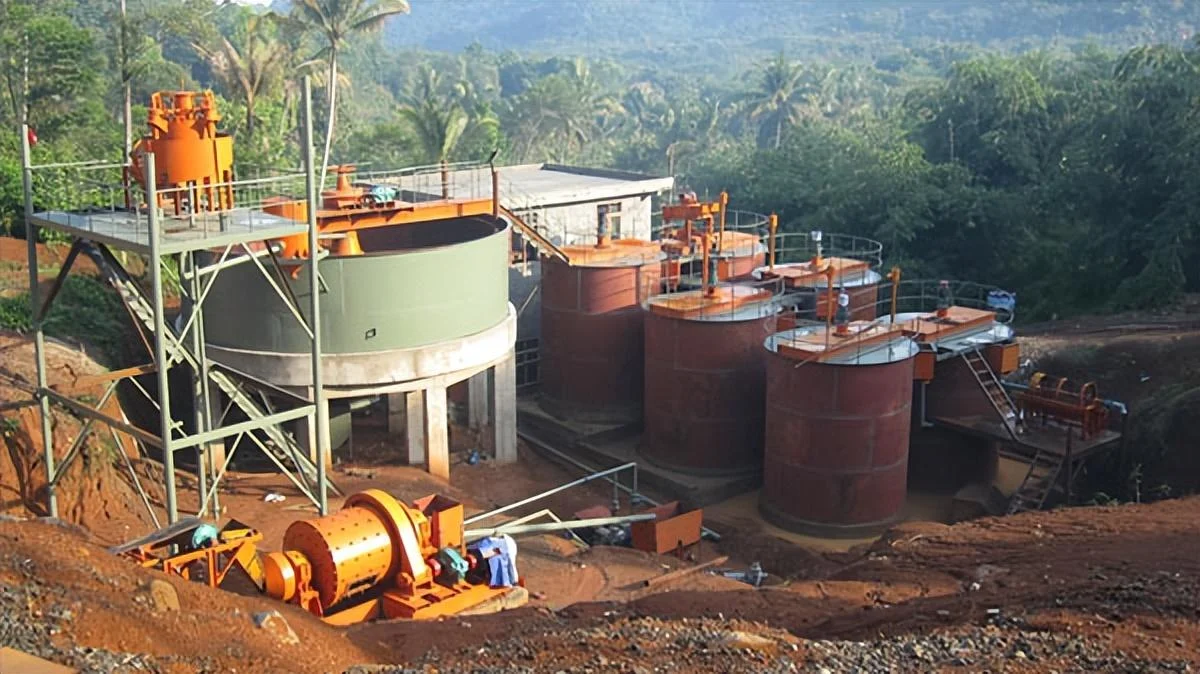


Online message consultation
Add comment: